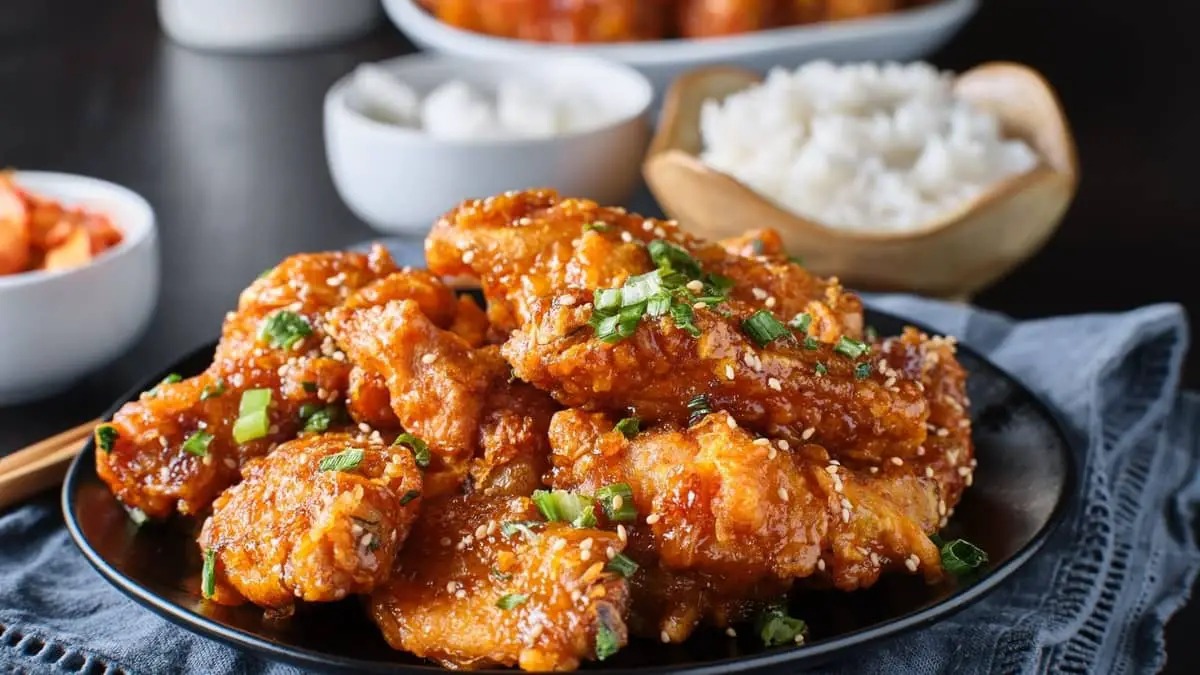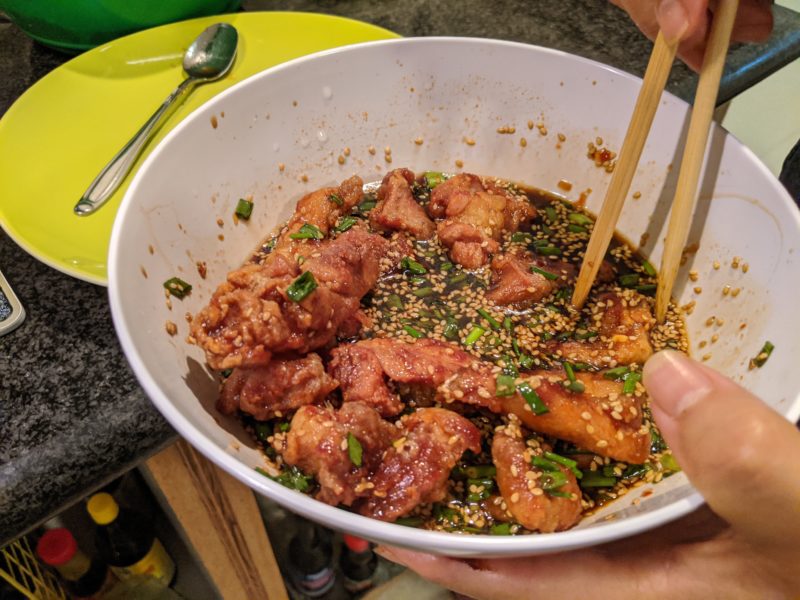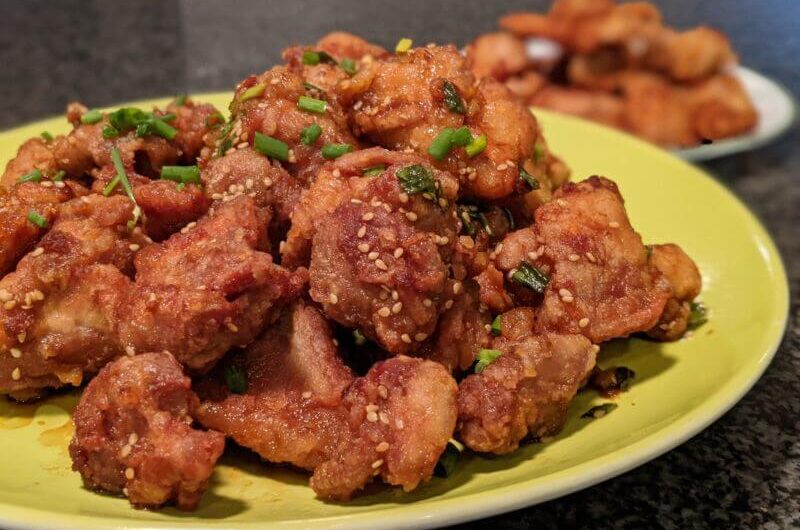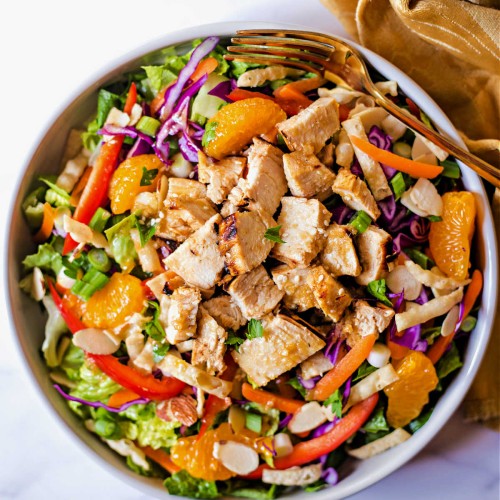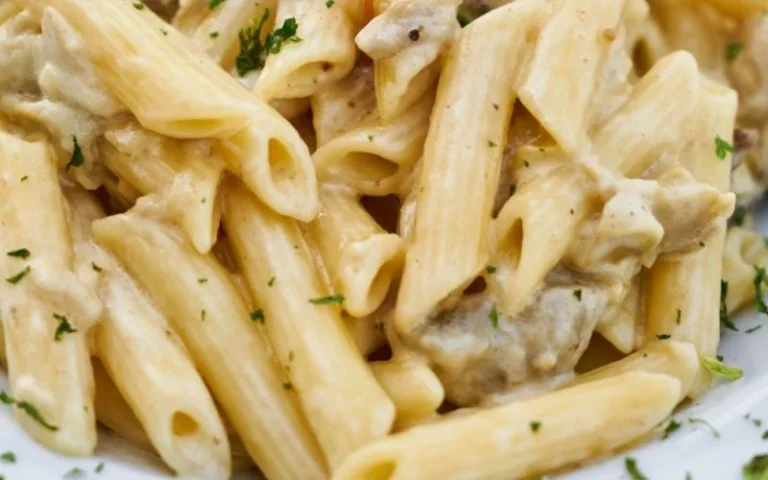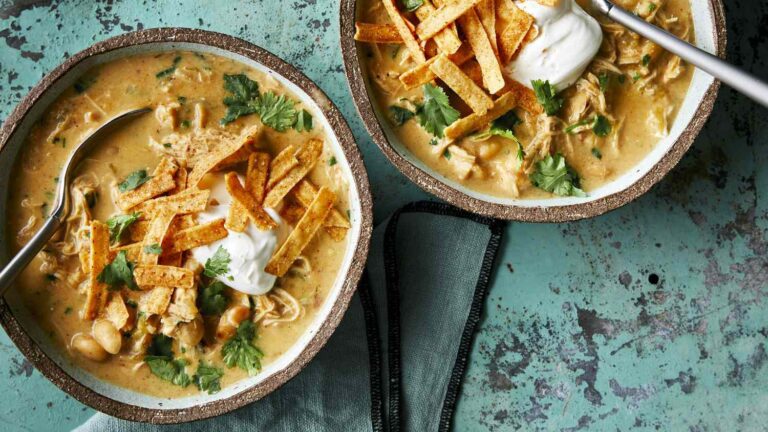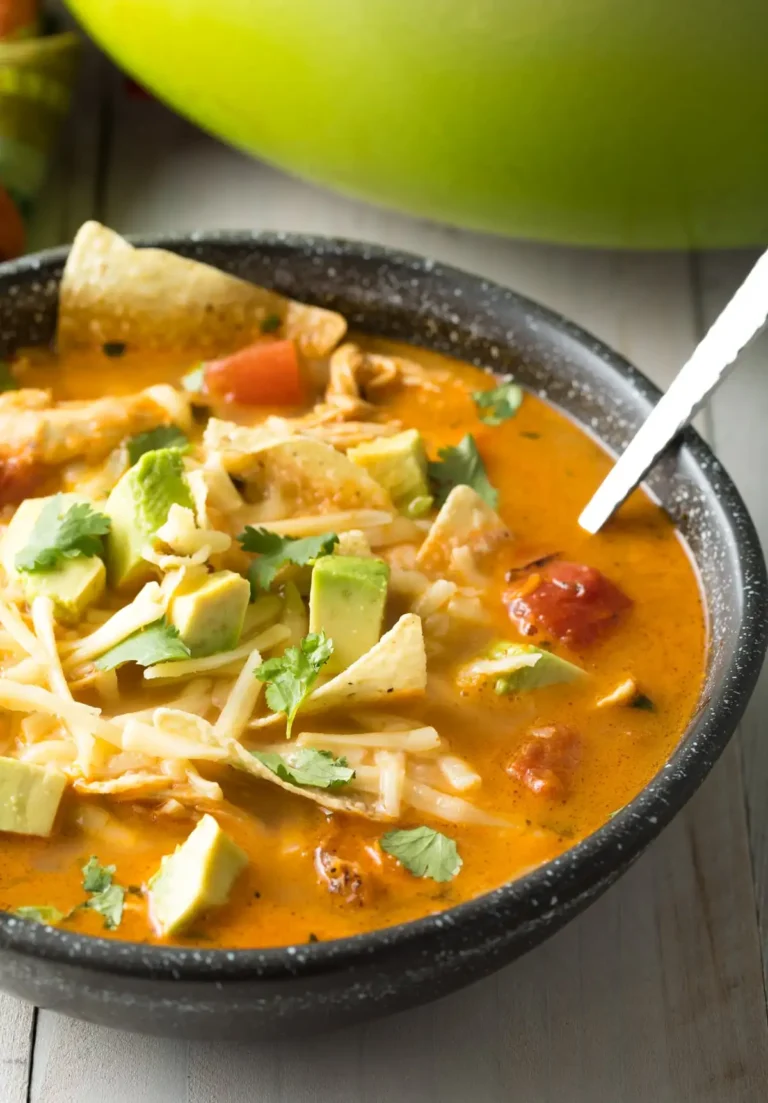Korean Chicken Recipe Hawaii
If you’re a fan of bold flavors and irresistible crunch, then you’re in for a treat! In this culinary journey, we’re diving into the world of Korean fried chicken, a dish that marries the crispy goodness of fried chicken with the unique and tantalizing flavors of Korean cuisine. But that’s not all – we’re also infusing a touch of the Hawaiian islands to create a mouthwatering fusion that will leave your taste buds singing. So, whether you’re planning a special dinner, a family gathering, or simply want to impress your palate, this article is your gateway to mastering the art of a Korean chicken recipe that’s been given a delightful Hawaiian twist.
Imagine sinking your teeth into a succulent piece of chicken that boasts a perfectly crispy exterior, only to discover that it’s coated in a harmonious blend of Korean spices and Hawaiian flair. This article is not just about cooking; it’s about an experience – an experience that celebrates the union of cultures through food. You’ll learn how to recreate this beloved Korean dish with a delightful twist, gaining insights into the key ingredients, techniques, and secrets that elevate it from ordinary to extraordinary. By the time you finish reading, you’ll have the confidence and knowledge to whip up a batch of Korean fried chicken that’s been kissed by the aloha spirit.
Contents
- 1 Unveiling the Fusion: Your Guide to Korean Fried Chicken with a Hawaiian Twist
- 2 The Heart of Korean Cuisine: Cracking the Code of Flavorful Korean Fried Chicken
- 3 Aloha Spirit Meets Korean Flavor: Adding a Hawaiian Twist
- 4 Gochujang Magic: Elevating Your Korean Fried Chicken
- 5 Mastering the Technique: From Frying to Reheating
- 6 Serving and Savoring: The Ultimate Pleasure
- 7 Korean Chicken Recipe Hawaii
- 8 How to Prepare
- 9 Nutritional Content
- 10 Frequently Asked Questions (FAQs)
- 11 Are Korean Chicken Recipes Similar to Spartan Chicken Recipes?
- 12 Conclusion:
Unveiling the Fusion: Your Guide to Korean Fried Chicken with a Hawaiian Twist
The Heart of Korean Cuisine: Cracking the Code of Flavorful Korean Fried Chicken
When you hear the words “Korean fried chicken,” your mind might conjure up images of perfectly golden, crispy pieces of chicken with a tantalizing glaze. But what sets Korean fried chicken apart? At its core, Korean fried chicken is all about achieving the ultimate crispy texture and flavor. This is achieved through a unique double-frying technique that ensures the chicken is both crispy and juicy. To make this dish, you’ll need boneless chicken thighs or chicken wings, cornstarch, and a blend of Korean spices.
Begin by coating the chicken in a mixture of cornstarch and Korean spices, which could include garlic powder, sesame seeds, and a touch of chili for some heat. The cornstarch is the key to achieving that coveted crispy texture. After the first round of frying, let the chicken rest before giving it a final fry to maximize the crunchiness.
Aloha Spirit Meets Korean Flavor: Adding a Hawaiian Twist
What could make Korean fried chicken even more exciting? Infusing it with the spirit of Hawaii! The tropical flavors of Hawaii meld seamlessly with the boldness of Korean spices, resulting in a dish that’s both comforting and exotic. To achieve this, consider adding a Hawaiian-style marinade to your chicken.
Create a marinade using soy sauce, brown sugar, garlic sauce, and a splash of apple cider vinegar. This combination adds a touch of sweetness and tanginess that beautifully complements the savory notes of the Korean spices. Let the chicken marinate for at least an hour, allowing the flavors to meld and create a taste sensation that’s out of this world.
Gochujang Magic: Elevating Your Korean Fried Chicken
No exploration of Korean cuisine is complete without a nod to gochujang – a vibrant and flavorful Korean red chili paste. Adding gochujang to your Korean fried chicken recipe takes it to a whole new level. The paste brings a depth of heat and complexity that enhances the overall flavor profile.
To create the gochujang sauce, blend gochujang with soy sauce, sesame oil, and a touch of honey for sweetness. This sauce will coat your fried chicken, infusing it with a rich and spicy kick that will have your taste buds dancing.
Mastering the Technique: From Frying to Reheating
Frying might seem straightforward, but when it comes to Korean fried chicken, there’s a technique that ensures the perfect result. After coating the chicken in the cornstarch mixture, fry it twice. The first fry cooks the chicken through, while the second fry makes it unbelievably crispy. Be sure to use a thermometer to maintain the oil temperature and prevent the chicken from becoming greasy.
If you have leftovers (which is a rare occurrence due to the irresistible nature of this dish), reheating is a breeze. Use an air fryer or a conventional oven to restore the crispiness. Just make sure not to overcrowd the cooking vessel to maintain the crunch.
Serving and Savoring: The Ultimate Pleasure
The moment has arrived – your Korean fried chicken with a Hawaiian twist is ready to be enjoyed! Garnish your dish with chopped green onions, sesame seeds, and even a sprinkle of red pepper flakes if you’re feeling extra adventurous. The aroma alone will whet your appetite, and the first bite will transport you to a fusion of flavors that’s truly extraordinary.
Korean Chicken Recipe Hawaii
4
servings20
minutes20
1600
kcalIngredients
1 pound boneless, skinless chicken thighs, cut into bite-sized pieces
1/4 cup soy sauce
2 tablespoons gochujang (Korean red pepper paste)
2 tablespoons honey
1 tablespoon sesame oil
3 cloves garlic, minced
1 teaspoon grated ginger
1 tablespoon rice vinegar
1 tablespoon mirin (Japanese rice wine)
1 teaspoon sesame seeds (for garnish)
Salt and pepper to taste
1 red bell pepper, sliced
1 green bell pepper, sliced
1 yellow onion, sliced
1 cup pineapple chunks
2 tablespoons vegetable oil
Green onions, chopped (for garnish)
Directions
- In a bowl, combine all the ingredients for the chicken marinade: soy sauce, gochujang, honey, sesame oil, minced garlic, grated ginger, rice vinegar, mirin, salt, and pepper.
- Add the chicken pieces to the marinade, making sure they are well coated. Allow the chicken to marinate for at least 30 minutes, or up to overnight for maximum flavor.
- Heat a large skillet or wok over medium-high heat. Add the vegetable oil.
- Once the oil is hot, add the marinated chicken pieces and cook until they are browned and cooked through, about 5-7 minutes.
- Add the sliced bell peppers and onion to the skillet. Stir-fry for an additional 3-4 minutes until the vegetables are slightly tender.
- Incorporate the pineapple chunks into the mixture and cook for an additional 2 minutes to warm them up.
- Drizzle any remaining marinade over the dish and stir to coat everything evenly.
- Garnish with chopped green onions and sesame seeds.
- Serve the Korean Chicken Hawaii over steamed rice or with a side of your choice.
How to Prepare
1. Marination Magic: The key to the incredible flavor of Korean Chicken Hawaii lies in the marination process. Allow the chicken to soak up the flavors by marinating it for at least 30 minutes, or even better, overnight.
2. Perfectly Sear the Chicken: When cooking the marinated chicken, ensure the skillet or wok is sufficiently hot before adding the chicken pieces. This will give the chicken a beautiful sear, locking in the marinade’s flavors.
3. Veggies and Pineapple: The colorful bell peppers, onions, and juicy pineapple chunks not only add a vibrant touch to the dish but also provide a balanced contrast to the savory chicken.
Nutritional Content
The nutritional content may vary based on portion sizes and specific ingredients used. Here’s an approximate breakdown per serving:
- Calories: ~350-400
- Protein: ~25-30g
- Carbohydrates: ~30-35g
- Fat: ~15-20g
- Fiber: ~2-3g
- Sugar: ~15-20g
Frequently Asked Questions (FAQs)
1. Can I use chicken breast instead of thighs?
Yes, you can use chicken breast if you prefer. However, chicken thighs tend to be more tender and flavorful due to their higher fat content.
2. What can I substitute for gochujang?
If you can’t find gochujang, you can use a mixture of red pepper flakes, soy sauce, and a bit of sugar as a substitute.
3. Is this dish very spicy?
The dish does have some heat due to the gochujang, but the honey and pineapple help balance the spiciness with sweetness.
4. Can I make this dish vegetarian?
Absolutely! You can substitute tofu for the chicken and load up on various vegetables like mushrooms, zucchini, and broccoli.
5. What’s the best way to cut a pineapple?
To cut a pineapple, start by cutting off the top and bottom, then stand it upright and carefully slice off the skin in vertical strips. Remove any remaining eyes with a small knife and cut the pineapple into chunks.
Are Korean Chicken Recipes Similar to Spartan Chicken Recipes?
When comparing Korean chicken recipes to spartan chicken recipes, one may notice distinct differences in flavor profiles and cooking techniques. While Korean chicken recipes often feature a combination of soy sauce, garlic, and spices for a savory and slightly sweet taste, Spartan chicken recipes lean towards simplicity, emphasizing minimal seasoning and relying on the natural flavors of the chicken itself. Hence, the prominent contrast between Korean and Spartan chicken recipes lies in their respective approaches to seasoning and taste.
Conclusion:
In conclusion, the Korean Chicken Hawaii recipe brilliantly combines the bold flavors of Korea with the tropical flair of Hawaii, resulting in a truly tantalizing dish. Whether you’re planning a family dinner or a casual gathering, this fusion recipe is sure to impress your taste buds and transport you to a culinary paradise where savory meets sweet. Enjoy the symphony of flavors, colors, and textures that make Korean Chicken Hawaii a beloved fusion masterpiece.
